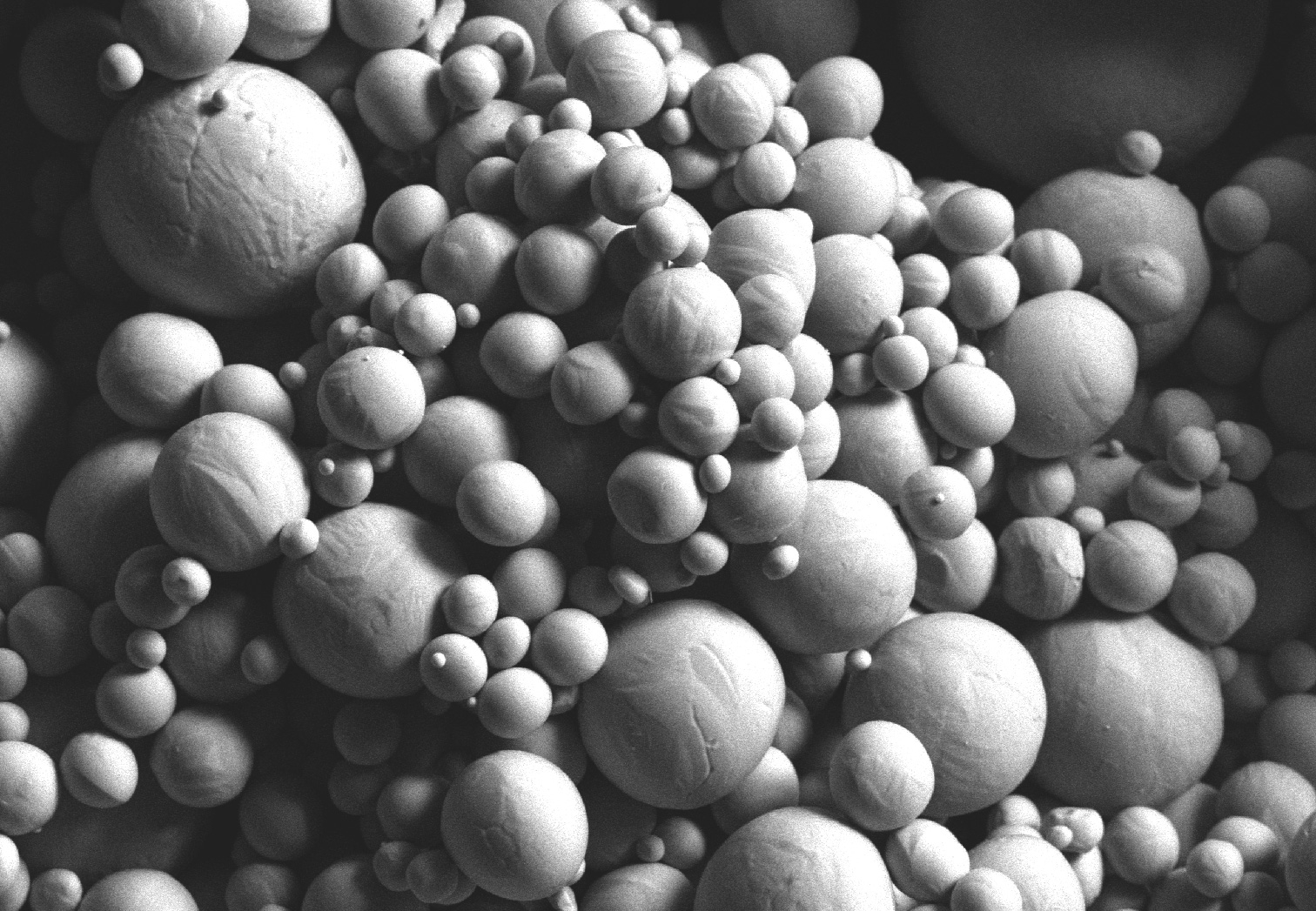The Additive Manufacturer Green Trade Association (AMGTA), a global advocacy group promoting sustainable practices in the additive manufacturing industry, today released preliminary results of a research project titled “Specific Energy Consumption of Metal AM Raw Materials: A Comparison”.
The study, commissioned by the AMGTA and conducted by Syntec Associates in collaboration with Divergent Technologies, examined three major processing methods for metal AM feedstocks: gas atomization, mechanical milling (specifically ball milling) and wire drawing, to determine the specific energy requirements for producing these materials. The research results showed that helium gas atomization is the most sustainable method for the production of metallic powders of common alloys from an energy point of view, followed by argon and nitrogen. The specific energy consumption for atomization also depends critically on the process parameters and the alloy chemistry. In addition, the study found that mechanical grinding, especially in powder production in additive manufacturing, has a significant reduction in specific energy consumption compared to gas atomization.
“When preparing life cycle assessments on industrial rate processing of our alloys, I found wide variation in the literature on AM process and powder atomization energy consumption,” said Michael Kenworthy, Chief Technology Officer at Divergent Technologies and AMGTA Board Director. “This research established a transparent set of process assumptions and models from which to understand the key process levers and evaluate system trade studies that inform future sustainability enhancements.”
The study also confirms the importance of selecting manufacturing methods with the lowest specific energy consumption per kilogram in order to improve the overall sustainability of the production of raw materials for additive manufacturing.
“A primary goal of the AMGTA is to educate the consumer on the most sustainable methods of production within the additive supply chain. This important piece of research provides guidance on which methods of gas atomization require the least amount of specific energy per kilogram,” said Brian R. Neff, AMGTA’s Board Chair. “At the same time, it indicates to the market that mechanical production methods of powder feedstock, such as ball milling, are themselves an order of magnitude better than gas atomization from an energy perspective.”
“This research aligns with the AMGTA commitment to better understand sustainable manufacturing practices leveraging additive technologies,” said Sherri Monroe, the AMGTA’s Executive Director. “These findings highlight key considerations for manufacturers seeking environmentally friendly feedstock production methods. To advance sustainability in additive manufacturing, research is vital in order to make informed decisions.”
Subscribe to our Newsletter
3DPresso is a weekly newsletter that links to the most exciting global stories from the 3D printing and additive manufacturing industry.






















